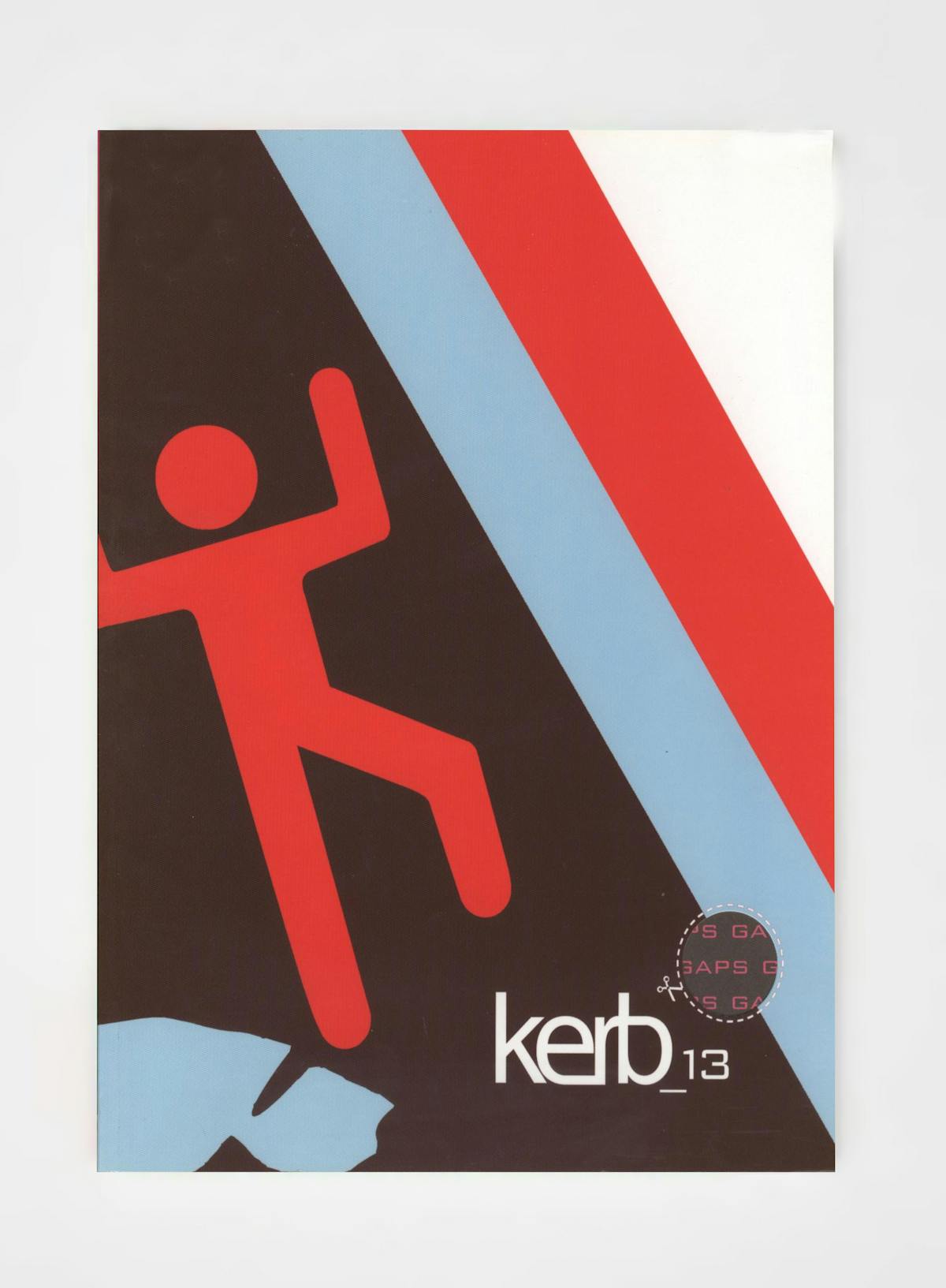Kerb 13 is the second guest edition undertaken by the School of Landscape Architecture at the University of Western Australia.
It was not the intention of Kerb 13 to define landscape architecture as a list that could be mapped to show where the gaps and solids lay. Instead, it was our aim to present the discipline as complex, diverse and as having ‘in between’ spaces. Therefore, it was a tactical decision to choose gaps within the discourse of landscape architecture as the theme for Kerb 13, as one of the founding objectives of the Kerb Journal of Landscape Architecture was to address the lack of discourse within the profession. This edition builds on the sentiment expressed by the previous UWA guest editor Helen Whitbread (Bell), who acknowledged that many of the articles selected for the 1999 edition of Kerb alluded to the broad nature of landscape architecture by not fitting neatly into themes but going ‘across concepts’ and blurring over edges.
Initially, the Kerb 13 editorial team was concerned that the theme would result in a lack of cohesion; however, as articles were submitted it became clear that it was going to be a cohesive…book. It was interesting to note that the majority of articles submitted reflected similar themes of perceived ‘gaps’. The article by Julian Raxworthy and Tinka Sack entitled ‘Tricking up the suburb’ asserts that landscape architecture is currently assigned to a ‘decorative and ornamental role only’. The article is a response to their experience of judging the 2004 WA AILA awards whereby, in not giving out awards for Excellence, they have contentiously refused to validate entries presented as the ‘profession’s best’. This view, however, is echoed throughout the journal from diverse sources and reflected in the winning poster competition entry from New Zealand, ‘The spreading of commodity landscape’.
The aim of Kerb 13 is not to criticise the profession but to address in a constructive way the current cultural mode of viewing landscape architecture as an afterthought to development, as it is our firm belief that landscape architecture has and could play a more formative role in projects. By this dialogue we hope in Richard Weller’s words to:
…begin to fill the gap between landscape architecture’s romantic meta-narrative of global salvation and its pathetic quotidian practice as trivial apologia for spurious development.
This editorial would not be complete without thanking the people who made the journal possible. Firstly, thank you to Michael Howard (RMIT) and Richard Weller (UWA) for providing the guest editorial opportunity. The Kerb 13 team also extends its appreciation to the UW Architecture, Landscape Architecture and Visual Arts Dean Patrick Beale, for his continual support. Special thanks to AILA’s National Executive Head Paul Costigan for sponsoring and distributing the journal to its members, and therefore acting as a conduit to bridge the gap between profession and student.
We are privileged to have taken part in such passionate and rigorous conversation. We invite you to respond to this edition through the forum on the newly created website <www.kerbjournal.com>. The forum is easy to use, already active and we hope will fuel continuous dialogue in the gaps between editions.
